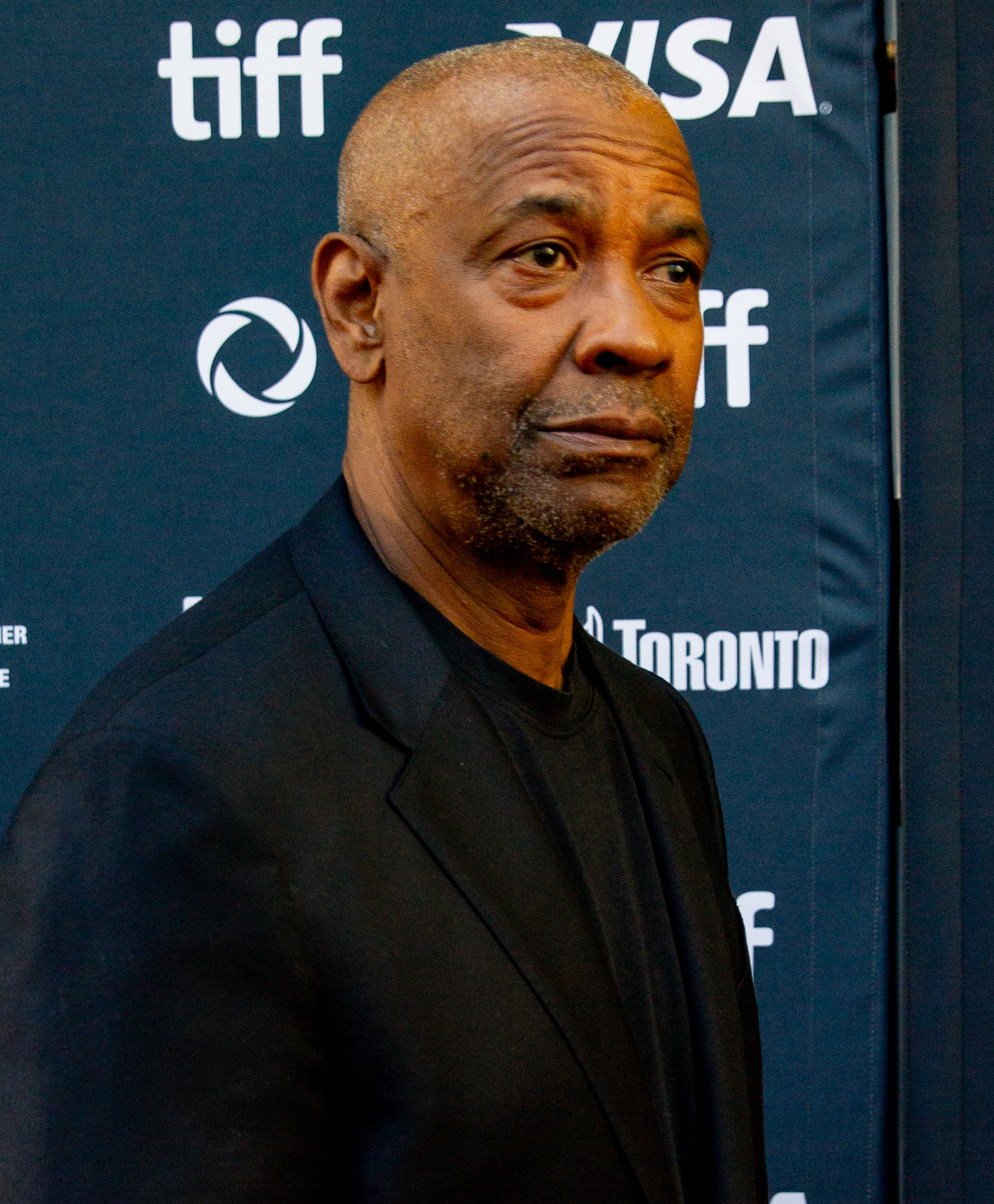
The glitzy world of fame often casts a powerful, blinding light, making it incredibly easy to overlook the shadows lurking beneath the surface of our most beloved icons. It’s almost as if the sheer magnitude of their achievements, their magnetic charisma, and their undeniable cultural impact create a “blanket or shade of fame” that encourages us to “put a lot of the wrongdoings to the side.” We celebrate their contributions, applaud their successes, and in doing so, often allow their “dark past” to fade from collective memory.
This phenomenon isn’t new, but it’s certainly perplexing. Some of the most revered celebrities, influential politicians, and cultural pioneers have committed “questionable, even outright evil things that the public seems to have forgotten.” Whether it’s the sheer power of their stardom or the intoxicating pull of nostalgia, society frequently extends a level of forgiveness and forgetfulness to these figures that would be unthinkable for the average person. It truly makes you wonder: why do we so readily brush aside glaring ethical lapses when they come from those we admire?
Like a coin with its two distinct faces, even those we hold in the highest esteem can possess dual personalities, revealing a stark contrast between their public image and their private actions. Many of their “behavior and activities, despite being public knowledge, are brushed aside due to their popularity.” This deep dive will explore 14 such individuals, bringing to light the lesser-known, often disturbing, facets of their histories that the world has, for various reasons, largely ignored. Are you ready to see who made the list?
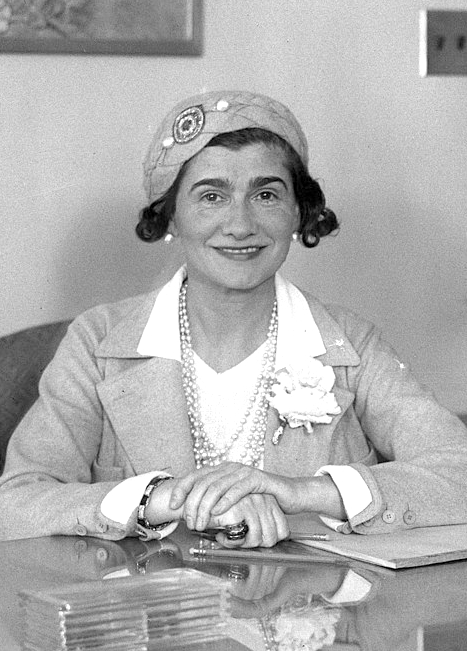
1. **Coco Chanel**Coco Chanel is a name synonymous with elegance and revolutionary women’s fashion, a true icon whose influence still permeates global style. Yet, beneath the veneer of chic sophistication lies a history that many prefer to overlook. It turns out that during one of the darkest periods in modern history, World War II, Chanel maintained “direct ties to Nazi officials.” This wasn’t merely a passive association; she was romantically involved with “a German intelligence officer,” a detail that certainly adds a sinister tint to her legacy.
The revelations about her wartime activities didn’t stop there. Declassified documents have surfaced, painting an even more disturbing picture of her involvement. These documents “revealed that she acted as a Nazi spy,” an astonishing accusation for someone so celebrated in the annals of fashion. It suggests a proactive role in the machinery of a regime responsible for unimaginable atrocities, rather than just a casual acquaintance.
But her alleged activities went beyond espionage. The context also indicates that Chanel “tried to leverage anti-Jewish laws to regain control” of her business interests. This particular detail is especially chilling, as it implies a willingness to exploit the horrific, discriminatory legislation of the Nazis for personal gain. It presents a stark contrast to the image of an independent, empowered woman that her brand so famously projected. Her story serves as a powerful reminder that even the most glamorous figures can harbor deeply troubling secrets.
Read more about: Our Top 12 Moments That Defined the Legendary World of Giorgio Armani
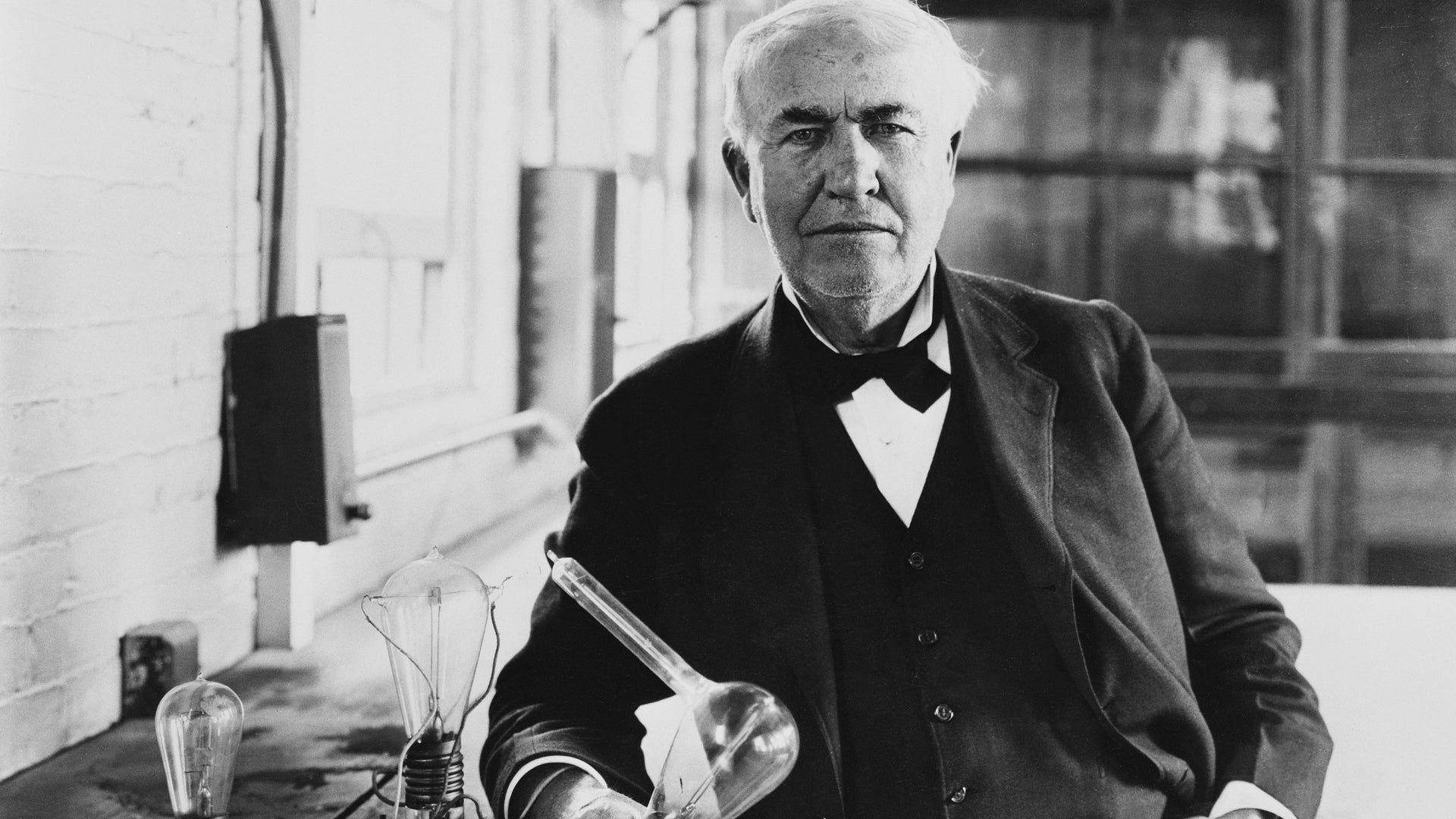
2. **Thomas Edison**Thomas Edison, often lauded as one of history’s greatest inventors, gave us innovations that profoundly shaped the modern world, from the light bulb to the phonograph. His name is practically synonymous with ingenuity and progress. However, the bright glow of his inventions often obscures the darker, more aggressive aspects of his professional conduct. It’s well-documented that Edison’s “business practices were ruthless,” demonstrating a cutthroat approach that prioritized victory above all else.
Edison was not above employing extreme measures to get ahead and discredit his rivals. He “often resorted to intimidation, lawsuits, and sabotage” as tools in his competitive arsenal. This aggressive posture was particularly evident during the infamous “War of Currents” – a fierce technological battle between his direct current (DC) system and Nikola Tesla’s alternating current (AC) system. Edison, in a shocking display of ruthlessness, went to extreme lengths to undermine his competitor.
During this period, Edison “staged gruesome public electrocutions of animals to discredit Tesla’s alternating current (AC) system.” Imagine the spectacle and the deliberate cruelty involved in such an act, all in the name of winning a commercial battle. These brutal demonstrations were intended to portray AC as inherently dangerous and inhumane, showcasing his “aggressive nature.” It’s a stark reminder that even figures of immense scientific achievement can possess a troubling moral compass when their interests are at stake.
Read more about: Beyond the Battery: 8 Core Electrical Realities Every Savvy User (and EV Owner) Should Master

3. **Walt Disney**Walt Disney, the creative genius behind a global entertainment empire, brought joy and wonder to generations with his animated films and theme parks. His legacy is one of imagination and magical storytelling, making his name almost sacred in popular culture. Yet, behind the scenes of this enchanting world, Disney himself held “questionable” personal views that, according to the context, “often seeped into the culture of his company.” This revelation challenges the idyllic image many have of the man and his creations.
Specifically, Disney “was known for harboring racist and antisemitic sentiments.” These deeply troubling biases are a harsh truth to reconcile with the wholesome image of his brand. The fact that these views allegedly influenced his company’s culture suggests a pervasive impact that extended beyond his personal opinions, potentially shaping the content and environment for many of his employees and audiences.
Furthermore, Disney’s controversial connections stretched into the political arena during a particularly paranoid era. He “was also allegedly involved with anti-Communist investigations that damaged many careers during the ‘Red Scare.’” This implies participation in a period of intense political persecution, where individuals were blacklisted and their livelihoods destroyed based on suspicion and accusation. It paints a picture of a man who, while creating dreams for millions, was simultaneously implicated in activities that curtailed the freedoms and careers of others.
Read more about: Vanished Before Our Eyes: The Overhyped Movies That Kept Us Dreaming But Never Hit the Big Screen!

4. **Mother Teresa**Mother Teresa is revered globally, widely “believed to be a saint” for her decades of humanitarian work among the poorest of the poor. Her image is one of selfless devotion and compassion, an icon of charitable service. However, a closer look reveals that “her humanitarian work was not free of controversy,” stirring a debate that challenges the widely accepted narrative of pure altruism.
Critics of Mother Teresa’s missions argue that her primary focus wasn’t solely on providing medical relief or alleviating suffering in the most direct way. Instead, they contend that her efforts “prioritized religious conversion over genuine medical care.” This perspective suggests that the spiritual mission sometimes overshadowed the immediate, practical needs of her patients, raising questions about the true intent and effectiveness of her aid.
Adding to these criticisms, it is “said that many of her clinics provided inadequate treatment.” Even more strikingly, it’s alleged that “patients denied proper pain relief to glorify suffering as ‘holy.’” This particular accusation is profoundly disturbing, implying that the deliberate withholding of comfort was part of a spiritual doctrine rather than a medical necessity. Such practices, if true, would represent a significant ethical breach, especially from someone so universally admired for their compassion.
Read more about: 11 Unspoken Truths: Actresses Navigating the Complexities of Hollywood and Beyond
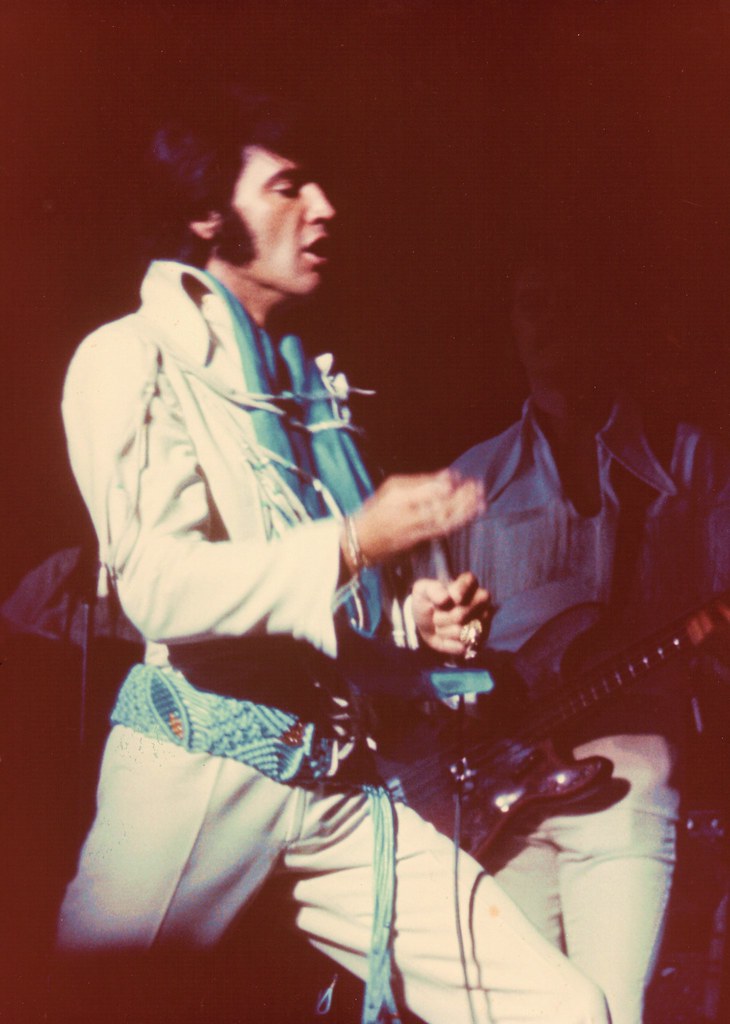
5. **Elvis Presley**Elvis Presley, the “King of Rock and Roll,” remains an unparalleled cultural phenomenon, celebrated for his revolutionary music, electrifying stage presence, and undeniable charisma. His public image was one of a charming, magnetic performer who captivated millions. However, a peek behind the velvet curtain of his fame reveals “a personal life with very troubling behavior,” particularly concerning his relationships with young women.
One of the most widely cited examples of this problematic behavior is his relationship with Priscilla Beaulieu. Presley “began dating Priscilla Beaulieu when she was just 14,” a detail that “raising questions of grooming and exploitation.” At the time, Elvis was a fully grown, established star, while Priscilla was still a minor, highlighting a significant power imbalance in their relationship. This imbalance is a crucial element in understanding the ethical concerns surrounding their courtship.
Furthermore, the context suggests that this was not an isolated incident, stating, “This was not the first allegation against Presley, and it is believed that he had several inappropriate relationships with underage girls.” This broader pattern of conduct deeply complicates his legacy, forcing a re-evaluation of the man behind the music. Despite his enduring musical impact, these aspects of his personal life present a challenging and often ignored dimension of his story.
Read more about: The Perpetual Motion Machine: Why Hollywood Can’t Quit Its ‘It Boy’ Obsession and the Seven Faces Dominating Your Screens
6. **Henry Ford**Henry Ford is an engineering and industrial titan, credited with “transformed transportation with the Model T and assembly line,” innovations that fundamentally reshaped manufacturing and society. His name is synonymous with American ingenuity and mass production. Yet, much like the hidden mechanics beneath the hood of his groundbreaking vehicles, “his darker side is rarely discussed,” revealing a legacy tainted by virulent prejudice.
The context is unequivocal about Ford’s deeply disturbing views: he “was openly antisemitic.” This wasn’t a private prejudice; it was publicly broadcast through his own media endeavors. He “publish[ed] hate-filled pamphlets in his newspaper, The Dearborn Independent,” actively disseminating hateful rhetoric and propaganda to a wide audience. This wasn’t just passive belief, but active propagation of discriminatory ideology.
The impact of Ford’s antisemitic crusade extended far beyond the pages of his newspaper. The context states that “his writings also influenced numerous antisemitic movements,” indicating that his celebrity and industrial power lent dangerous credibility to hateful ideologies. His actions show a powerful figure using his platform not for progress and unity, but for division and the promotion of harmful narratives. This aspect of his past remains a stark and uncomfortable truth often overshadowed by his industrial achievements.
Read more about: Lights, Camera, Tantrums! Unmasking Hollywood’s 14 Most Notorious Actors Who Made Set Life a Nightmare
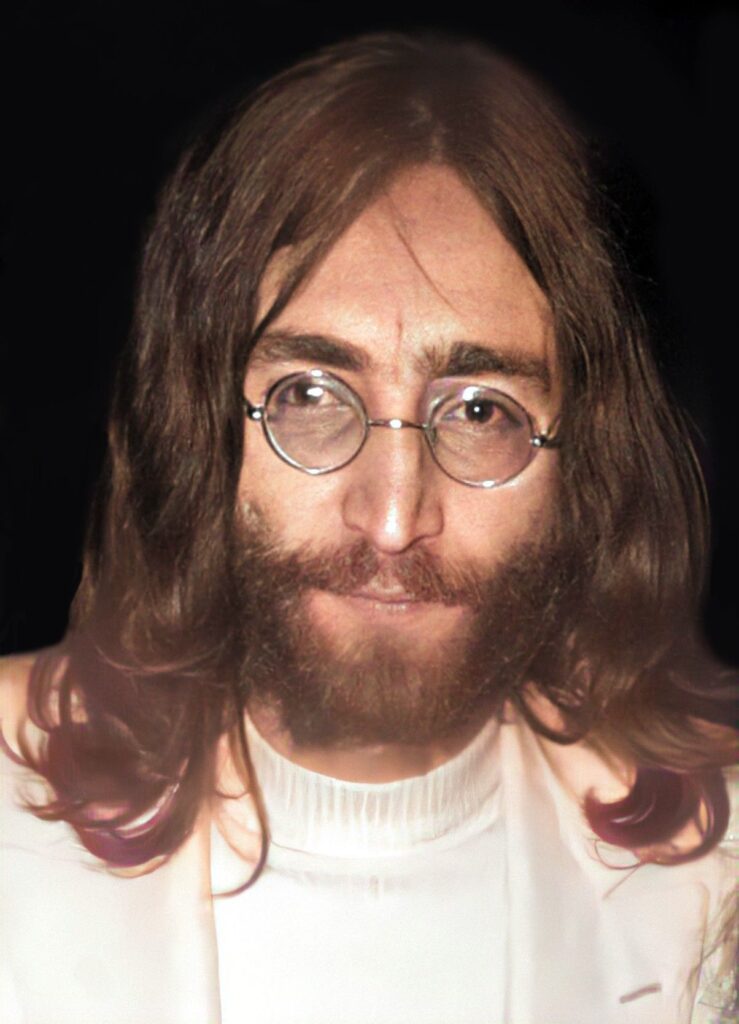
7. **John Lennon**John Lennon, one of the most iconic figures of the 20th century, is widely “remembered as a peace activist and cultural icon,” celebrated for his powerful music and his vocal advocacy for love and harmony. His image is indelibly linked to messages of peace, particularly during the turbulent 1960s and 70s. However, the reality of his “personal life tells a different story,” one that starkly contrasts with the public persona he cultivated.
The context reveals deeply troubling admissions from Lennon himself. “In interviews, Lennon admitted to physically abusing women, including his first wife, Cynthia.” This is a profoundly disturbing confession from someone who preached peace, directly contradicting the very ideals he championed. Such admissions force a re-evaluation of the sincerity of his public messages when juxtaposed with his private conduct.
Read more about: The Perpetual Motion Machine: Why Hollywood Can’t Quit Its ‘It Boy’ Obsession and the Seven Faces Dominating Your Screens
Beyond physical abuse, his relationships were often fraught with other forms of turmoil. “Pretty much most of his relationships were marked by infidelity and manipulation,” suggesting a pattern of behavior that was far from the loving and harmonious image presented to the public. Furthermore, the context adds that he was also a “child abuser.” Specifically, his son Julian Lennon “suffered emotional abuse.” It’s noted that the song “Hey Jude” was “initially titled ‘Hey Jules,’ addressing his son Julian Lennon who suffered emotional abuse.” A chilling anecdote highlights this, as “Once, Julian giggled, and Lennon shouted back, ‘I hate the way you [F-word] laugh!’” This powerful contradiction between his public advocacy for peace and his private acts of aggression and cruelty makes his legacy profoundly complex and, for many, deeply unsettling.




